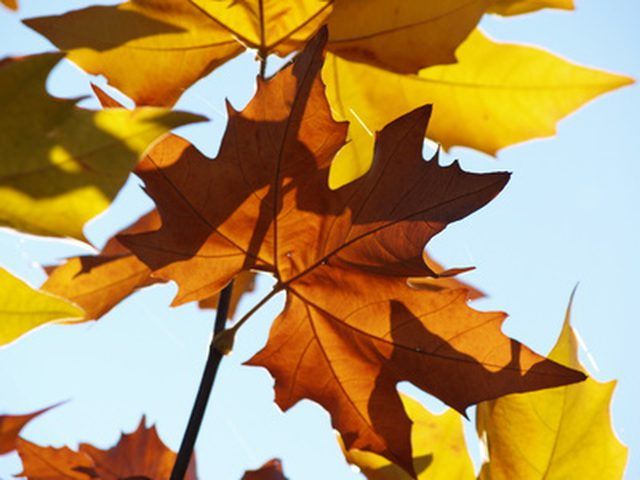Bulbs
Flower Basics
Flower Beds & Specialty Gardens
Flower Garden
Garden Furniture
Garden Gnomes
Garden Seeds
Garden Sheds
Garden Statues
Garden Tools & Supplies
Gardening Basics
Green & Organic
Groundcovers & Vines
Growing Annuals
Growing Basil
Growing Beans
Growing Berries
Growing Blueberries
Growing Cactus
Growing Corn
Growing Cotton
Growing Edibles
Growing Flowers
Growing Garlic
Growing Grapes
Growing Grass
Growing Herbs
Growing Jasmine
Growing Mint
Growing Mushrooms
Orchids
Growing Peanuts
Growing Perennials
Growing Plants
Growing Rosemary
Growing Roses
Growing Strawberries
Growing Sunflowers
Growing Thyme
Growing Tomatoes
Growing Tulips
Growing Vegetables
Herb Basics
Herb Garden
Indoor Growing
Landscaping Basics
Landscaping Patios
Landscaping Plants
Landscaping Shrubs
Landscaping Trees
Landscaping Walks & Pathways
Lawn Basics
Lawn Maintenance
Lawn Mowers
Lawn Ornaments
Lawn Planting
Lawn Tools
Outdoor Growing
Overall Landscape Planning
Pests, Weeds & Problems
Plant Basics
Rock Garden
Rose Garden
Shrubs
Soil
Specialty Gardens
Trees
Vegetable Garden
Yard Maintenance
Sycamore Leaf Identification
Sycamore Leaf Identification. The American sycamore tree occurs from central portions of New England southward to northern Florida and west to the Great Plains. A potentially large and massive tree, the sycamore’s leaves are quite distinct and easily identifiable.

The American sycamore tree occurs from central portions of New England southward to northern Florida and west to the Great Plains. A potentially large and massive tree, the sycamore’s leaves are quite distinct and easily identifiable.
Size and Form
Sycamore leaves can be from 4 to 8 inches across, with a similar length. The shapes can vary, but sycamore leaves typically possess from three to five lobes, with the lobes separated by shallow sinuses. The "National Audubon Society Field Guide to Trees" notes that the edges are "wavy" and that the leaves have as many as five main veins fanning out from their bases.
Color
The color of the sycamore leaf is a bright green on its upper surface, with the undersides being much paler shades of green. In the autumn, rather than change into a brilliant hue, sycamore leaves turn brown before they fall off the tree.
Effects
In the springtime, when wet weather often prevails, a fungal disease called anthracnose can affect sycamore leaves, making them wilt away and quickly die. Although you may notice that the blighted leaves seem to roll up before falling off, new leaves will grow in to replace the dead ones.